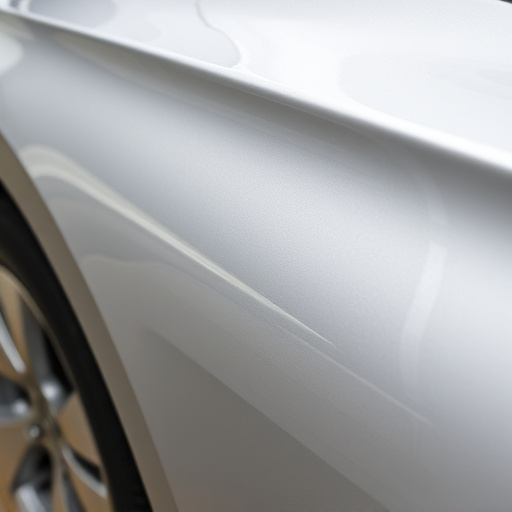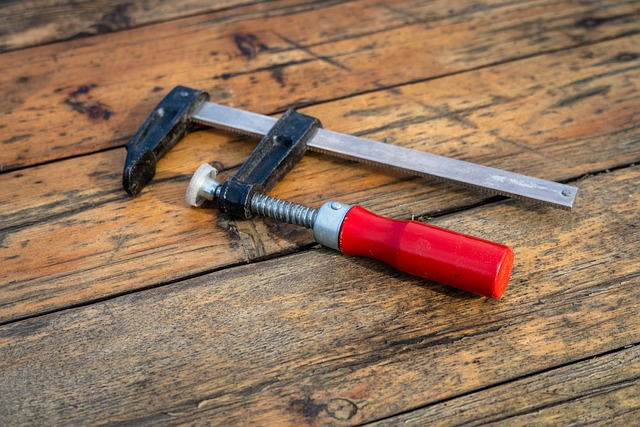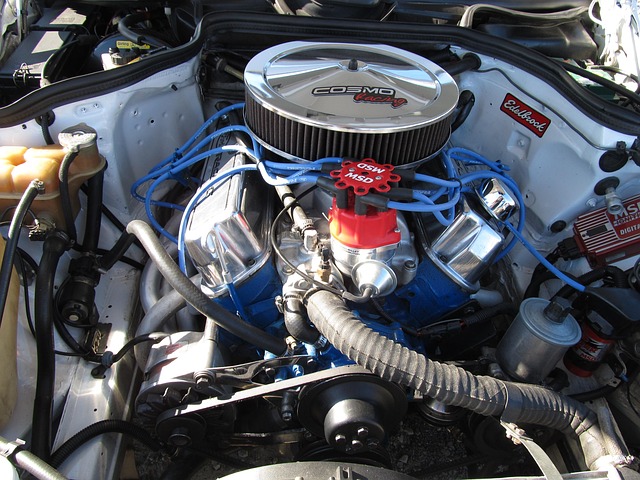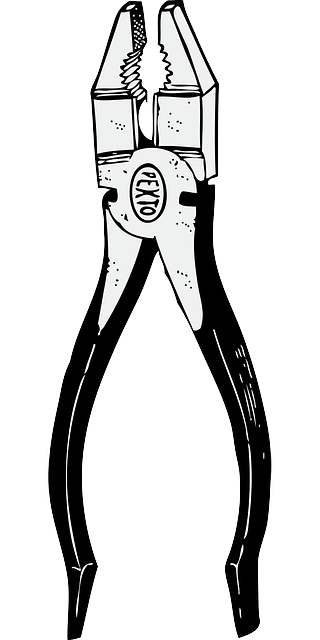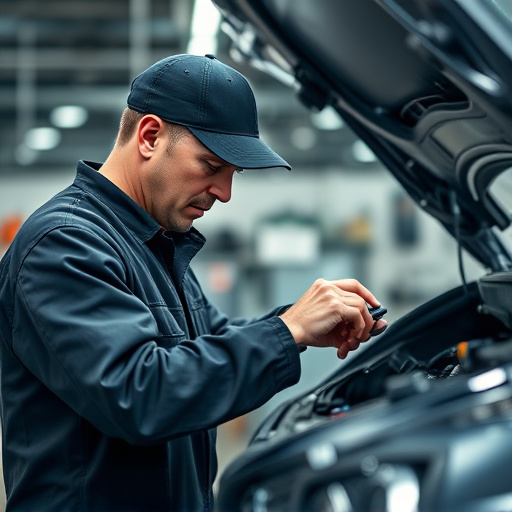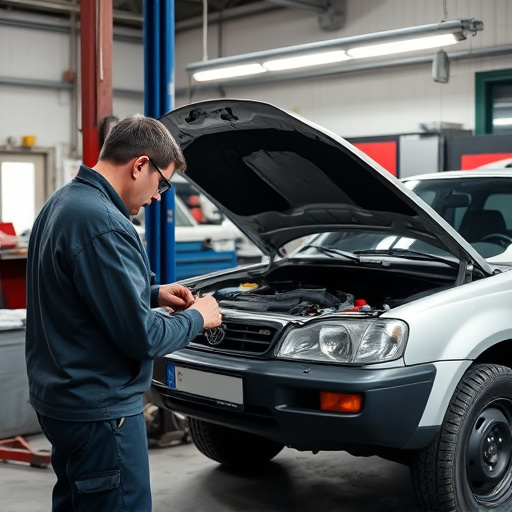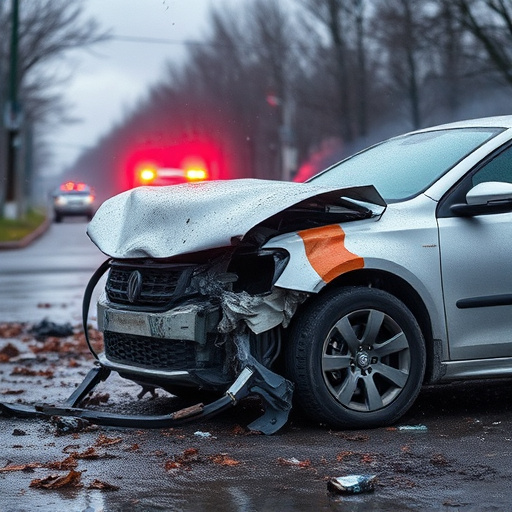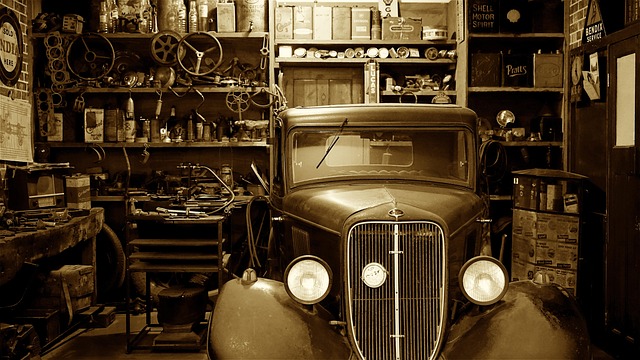Plastic bumper covers, while protective and aesthetically appealing, are vulnerable to damages from accidents, debris, and environmental factors. Regular washing, waxing, and early detection of issues are key to maintaining their condition. Minor scratches and dents can be repaired through cleaning, polishing, and filling, while more severe damage may require replacement and advanced fusion techniques. Promptly addressing potential hazards like chips, bird droppings, and sap is crucial for preserving the bumper's appearance and functionality.
Plastic bumper covers, a popular automotive accessory, enhance vehicle aesthetics. However, they are susceptible to damage from impacts, debris, and environmental factors. This article explores common damage types encountered in plastic bumper covers and the repair processes for each. We’ll delve into practical maintenance tips to ensure longevity, offering guidance on preventing and addressing issues effectively. Discover how to keep your plastic bumper cover in pristine condition through proper care and expert restoration techniques, with a focus on efficient plastic bumper cover repair.
- Understanding Plastic Bumper Covers and Common Damage Types
- The Process of Repairing Different Kinds of Damage
- Tips for Maintaining and Protecting Your Plastic Bumper Cover
Understanding Plastic Bumper Covers and Common Damage Types
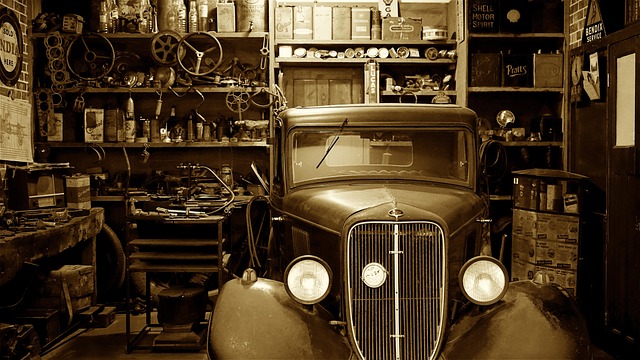
Plastic bumper covers are a common feature on modern vehicles, designed to protect the front and rear ends from minor impacts and scratches. They are lightweight, durable, and often come in various colors and styles, enhancing the aesthetic appeal of a car. However, like any exterior component, they can sustain damage over time due to accidents, rocks kicked up by tires, or even bird droppings. Understanding these common damage types is crucial for drivers looking to maintain their vehicle’s appearance and value through proper care and plastic bumper cover repair when necessary.
Damages can range from small nicks and scratches to more significant chips and cracks. Car scratch repair techniques are often used to restore the bumper’s finish, while auto bodywork experts may be required for more extensive repairs involving replacement or complete car body restoration. Regular washing, waxing, and inspecting your vehicle’s bumper cover can help prevent damage and keep it looking its best.
The Process of Repairing Different Kinds of Damage

The process of repairing plastic bumper covers involves a series of precise steps tailored to different damage types. For minor scratches and dents, the approach often starts with thorough cleaning to remove any dirt or debris. Then, using specialized polishes and fillers, technicians smoothen out the affected areas, matching the original contour of the bumper. This method not only restores aesthetics but also ensures the structural integrity remains intact.
For more significant damage, such as cracks or large dents, the repair process becomes more complex. It may involve replacing sections of the plastic cover entirely. Collision centers equipped with advanced tools and expertise can precisely cut out damaged parts and fuse in new, matching pieces using high-quality adhesives. This ensures the repaired area blends seamlessly with the rest of the bumper, providing both functional and visual restoration. Auto glass repair techniques are sometimes integrated to address any accompanying chip damage, ensuring a comprehensive fix.
Tips for Maintaining and Protecting Your Plastic Bumper Cover
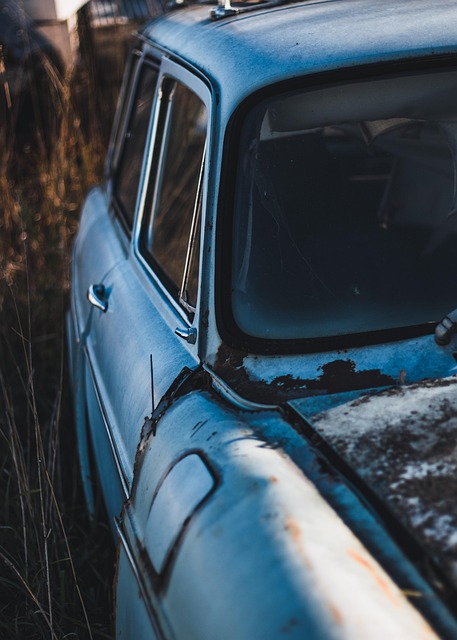
To keep your plastic bumper cover in top condition, regular maintenance is key. Start by regularly washing your vehicle to remove dirt and grime that can lead to discoloration or damage. Use a mild detergent and soft cloth to avoid scratching the surface. Another important step is applying a protective coating or wax, which creates a barrier against UV rays, extreme temperatures, and minor impacts that could cause dents or cracks. This simple step can significantly extend the life of your bumper cover, saving you from frequent plastic bumper cover repairs.
Additionally, be mindful of potential hazards like stone chips, bird droppings, or tree sap. Address these issues promptly to prevent them from setting in. If a dent does occur, don’t delay; timely dent removal is crucial. Visit an auto repair shop specializing in plastic bumper cover repair for professional car paint repair services. Regular upkeep and quick action will ensure your bumper cover remains not only functional but also aesthetically pleasing, enhancing the overall look of your vehicle.
Plastic bumper covers, integral parts of modern vehicle aesthetics, are susceptible to various damages. This article has explored common damage types, from scratches and dents to cracks and holes, offering insights into their repairs. Understanding the process, involving techniques like sanding, filling, priming, and painting, empowers car owners to undertake simple fixes or know when professional help is needed. With proper maintenance, including regular washing, avoiding extreme temperature exposure, and using protective covers, you can extend the lifespan of your plastic bumper cover, ensuring it retains its original appeal. For minor repairs, DIY kits offer a cost-effective solution, while significant damage may require professional plastic bumper cover repair services.



